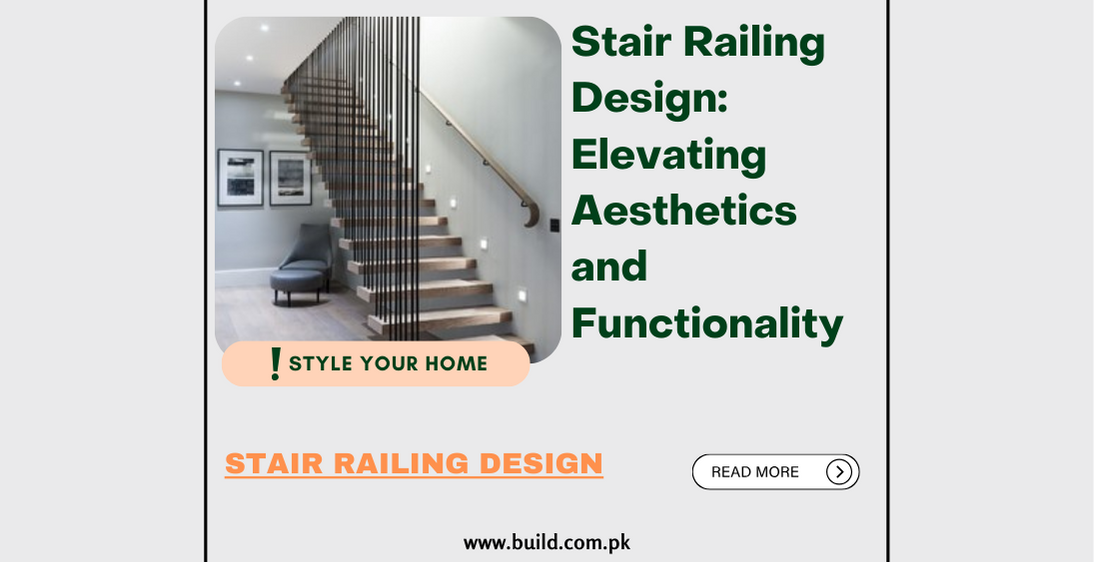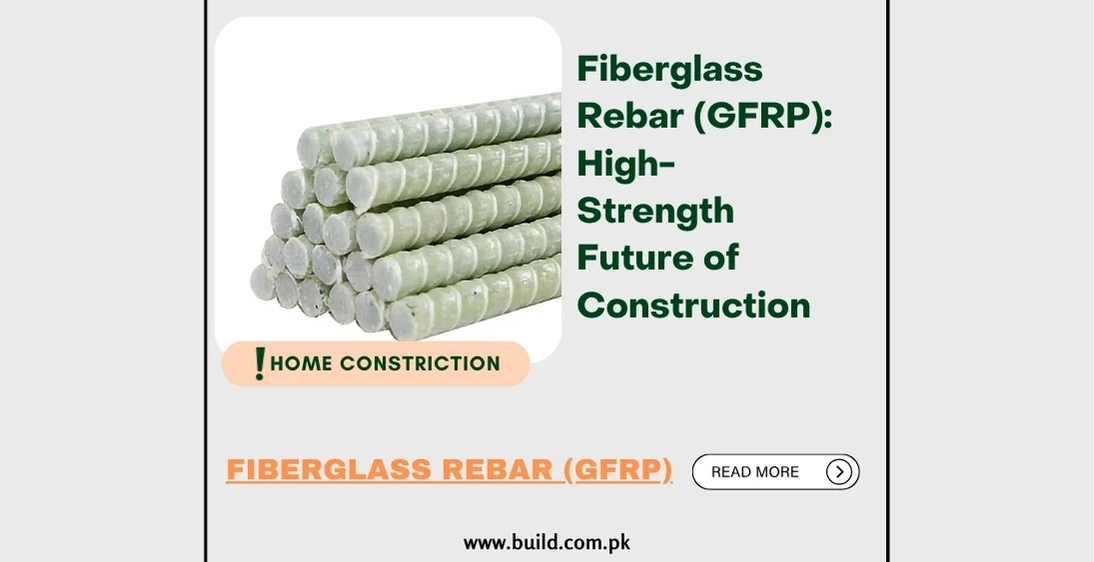Stair Railing Design: Elevating Aesthetics and Functionality

Introduction:
Staircases serve as architectural focal points
in residential and com mercial spaces, and the design of stair railings plays a
pivotal role in enhancing both aesthetics and functionality. Stair railing
designs have evolved beyond their utilitarian purpose, becoming expressions of
style and safety. This comprehensive guide explores the diverse world of stair
railing design, considering various materials, styles, and considerations for
both indoor and outdoor applications.
Materials in Stair Railing Design
Wooden Railings:
Wooden railings exude warmth and classic
charm, making them a popular choice in traditional and contemporary settings
alike. The versatility of wood allows for intricate carvings and designs,
offering a timeless appeal. Common woo d choices include oak, maple, mahogany,
and walnut. Wooden railings seamlessly complement various interior styles, from
rustic to modern.
Metal Railings:
Metal railings bring a touch of modernity
and durability to staircases. Materials such as iron, steel, aluminum, and
stainless steel are commonly used. Wrought iron railings, known for their
artistic detailing, add a touch of elegance. Stainless steel railings, with
their sleek and minimalist look, are ideal for contemporary spaces. Metal
railings are prized for their robustness and low maintenance.
Glass Railings:
Glass railings create an illusion of
openness and spaciousness, making them popular in modern designs. The
transparency of glass allows for unobstructed views, enhancing the visual
appeal of the staircase. Tempered glass is commonly used for safety reasons,
ensuring durability and resistance to breakage. Glass railings are favored in
both residential and commercial applications.
Cable Railings:
Cable railings offer a contemporary and
industrial aesthetic. Comprising stainless steel cables stretched horizontally,
these railings provide a sleek and unobtrusive appearance. Cable railings are
particularly suitable for outdoor decks and staircases, providing an unimpeded
view of the surroundings.
Styles of Stair Railing Design
Traditional Railings:
Embracing classic elements,
traditional railings often feature orna te designs and intricate details. Wooden
railings with carved balusters and newels exemplify traditional elegance,
creating a sense of timelessness.
Modern and Minimalist Railings:
Modern stair railing
designs prioritize clean lines and simplicity. Metal railings with geometric
shapes or glass panels contribute to a minimalist aesthetic, promoting an
uncluttered and contemporary look.
Craftsman Style Railings:
Craftsman-style railings
emphasize craftsmanship and natural materials. These railings often incorporate
wooden elements with simple, square-shaped balusters and newels, reflecting the
Arts and Crafts movement.
Industrial Railings:
Inspired by industrial aesthetics,
these railings often feature metal components like steel or iron. Cable
railings, often associated with an industrial vibe, contribute to an open and
utilitarian feel.
Considerations in Stair Railing Design
Building Codes and Safety: Compliance with building codes is paramount in stair railing design. The height, spacing, and structural integrity of railings must adhere to safety regulations. Understanding local building codes ensures both safety and regulatory compliance.
Baluster and Newel Placement: The placement and design of balusters (vertical supports) and newels (vertical posts) significantly impact the overall appearance of the railing. Baluster spacing, shape, and alignment influence the visual harmony of the railing.
Balancing Aesthetics and Functionality: Stair railing design should strike a balance between aesthetics and functionality. While the design contributes to the overall look of the space, it must also serve its primary function of providing support and safety.
Integration with Overall Design: Harmonizing stair railing design with the overall interior or exterior design is crucial. The choice of materials, colors, and styles should complement the surrounding architecture and decor.
Conclusion:
Stair railing design is a multifaceted aspect of architectural aesthetics, influencing the overall character of a space. Whether opting for the timeless appeal of wooden railings, the modern allure of glass, or the industrial chic of etal, thoughtful consideration of materials, styles, and safety considerations is essential. The right stair railing design not only ensures safety but also elevates the visual appeal of staircases, turning them into captivating elements within the built environment. Explore the myriad possibilities of stair railing design to transform your stairces into functional works of art.









